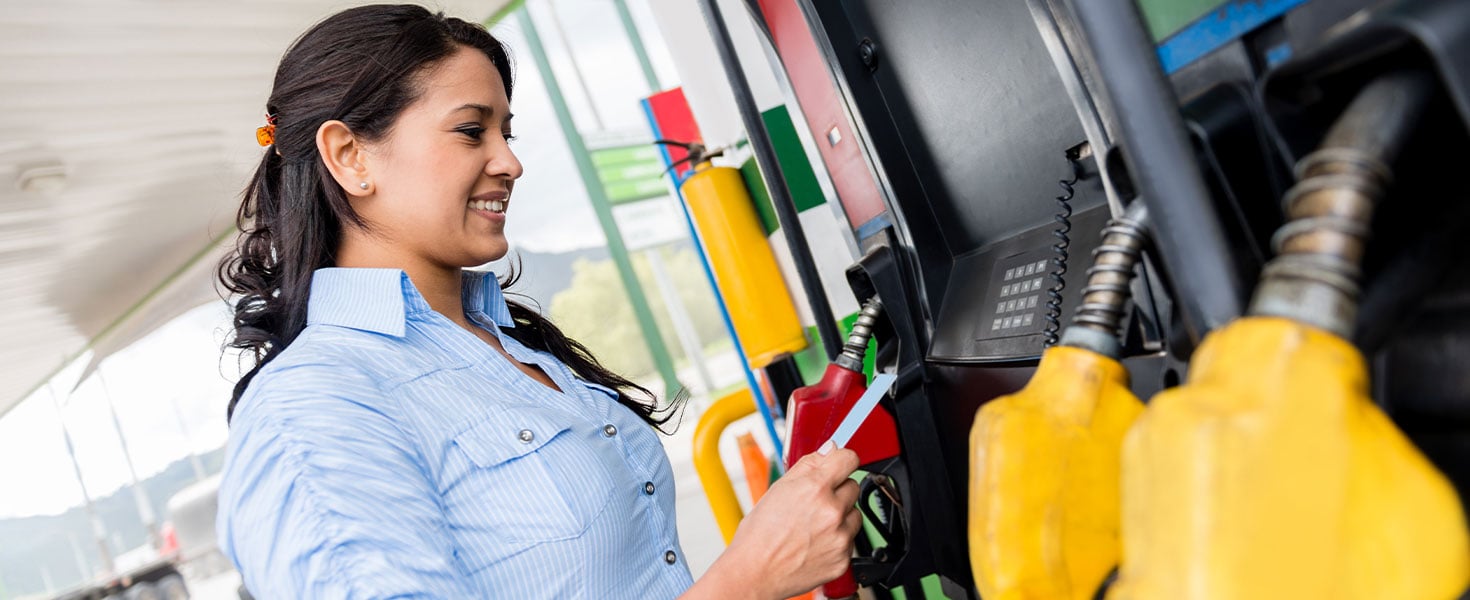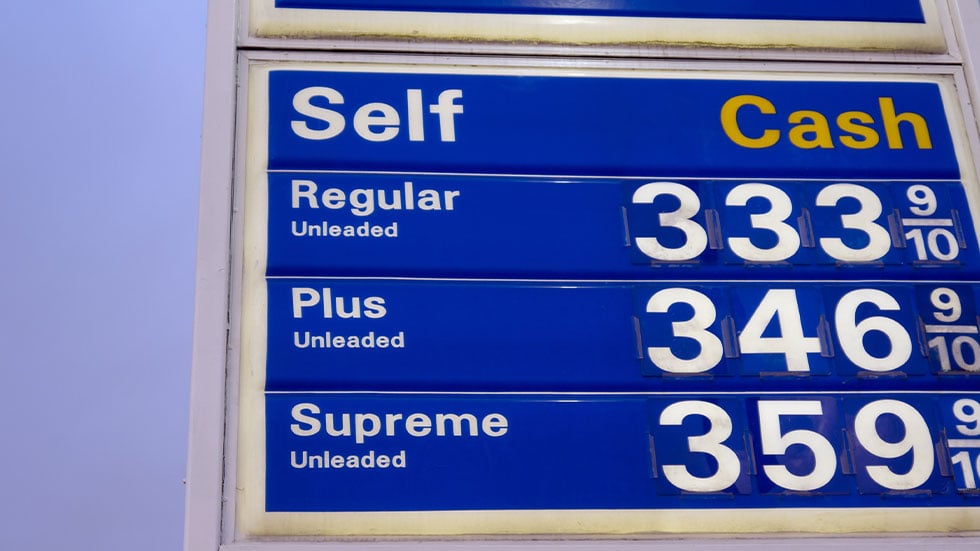8 Easy Ways to Save Money on Gas
High gas prices got you down? Here’s how to save money with rewards programs, driving habits, and more


American families spend an average of $5,000 a year on gas, making gas one of their largest household expenses. From road trips to commuting to work, filling up your tank can quickly add up, especially if you’re not careful. As gas prices continue to fluctuate widely nationwide, trying to find the best gas prices and other ways to save on gas can make your head spin. Fortunately, you can drastically reduce your gas costs with a few smart gas-saving strategies. Here’s how.

Shop around for low gas prices
Gas prices can vary even from one street corner to the next and especially between different counties. (Check out retail prices across the country and today’s national average gas price at AAA Gas Prices.) To find the best gas deals, use tools like the AAA Mobile app, AAA TripTik, GasBuddy, or Gas Guru. For example, the AAA Mobile app makes planning a road trip stress-free by helping you locate gas stations to fill up along your route. It shows you more than 85,000 gas stations across the U.S. with updated fuel prices.
Using these apps can help you easily find the cheapest gas stations in your area, ensuring you get the best price every time you fill up.
Map out your route
Are you planning a road trip? Since gas is a considerable expense for long-distance drives, especially if you’re planning a cross-country road trip, it’s important to budget for fuel as you plan your trip. To budget effectively, use the AAA Gas Cost Calculator to estimate how much you'll spend on gas for your journey.
For example, if you're driving from Delaware to Yellowstone National Park out West, you can input your starting point, destination, and vehicle details to get an accurate cost estimate. By mapping your route ahead of time, you can avoid any unwelcome surprises and ensure you stay within budget.
Adjust your driving behavior
Sudden stops and rapid accelerations can waste a lot of gas. So, try to avoid hard braking or quick acceleration next time you’re at a stoplight. It’s better to gently coast to a complete stop. Then, when the light turns green, gently accelerate, and resist the urge to gun it. The same logic applies to when you’re at a stop sign.
Also, keep an eye on your speed. Highway driving at a moderate speed, ideally around 50 to 60 mph, can decrease aerodynamic drag and, therefore, maximize fuel efficiency. Slowing down not only saves gas but also makes your journey safer for you and everyone on the road.

Take advantage of your credit card and gas rewards
Another strategy to control your fuel costs is to use certain credit cards. Credit cards such as the AAA Daily Advantage Visa Signature Credit Card and the AAA Travel Advantage Visa Signature Credit Card offer cashback rewards for gas purchases, making it easier for you to save on fuel costs. With higher rewards rates specifically for gas purchases, these cards and other cards like them are a convenient tool in your fuel-savings arsenal.
Another way to maximize your savings is by signing up for a gas rewards program. These programs are usually free and offer cash back for every gallon of gas you purchase.
Here are some rewards programs worth exploring:
- AAA Shell Rewards Program
- BPMe Rewards
- Exxon Mobil Rewards Program
- Speedy Speedway Rewards
- Circle K Rewards
Pick the right fuel for your ride
Did you know that many folks waste money by buying premium gas when their car doesn’t even need it? Yep, using premium gas doesn't boost fuel efficiency. So, it’s best to stick to the octane level recommended by your automaker.
By using the fuel your car is designed for, you'll keep your vehicle—and your wallet—happier.
Give your car some TLC
Your car needs your attention, too. Regular checkups are important to ensure your vehicle is in the best condition so that it can maximize fuel efficiency. So, remember to follow your vehicle’s recommended maintenance schedule and use the right motor oil.
One often-overlooked car maintenance item is tire inflation. Properly inflating you tires is an easy way to lower fuel costs. Even a slight underinflation can cause your car to use more fuel. For every 1 PSI your tires are underinflated, you could lose about 0.2% of your fuel efficiency.
On the other hand, maintaining the correct tire pressure can boost your gas mileage by around 0.6%, sometimes even up to 3%, studies show. These seemingly small changes can add up, especially considering that tire pressures can vary.

Cut down on your drive time
Instead of making multiple trips, bundle your errands to reduce the number of times you’re on the road. It’s a great way to save on gas and add time back into your day.
Additionally, consider alternatives for your daily commute, like walking, biking, carpooling, or public transit. Not only can this help cut your gas expenses, but it also keeps your car mileage down and is better for the environment.
Reduce extra vehicle weight
Usually, the heavier your car, the more fuel it uses. This applies to whatever you’re carrying or hauling, too. If you have things like sports gear or cargo boxes you don’t need in or on your car, remove them to reduce vehicle weight.
Your fuel efficiency decreases by 1% for every 100 pounds of additional weight in your car, according to the U.S. Department of Energy. This includes racks or storage on the top or back of your vehicle. If you keep things like a canoe or bike strapped to your car, it not only makes your car heavier but also less aerodynamic, which reduces fuel efficiency.
With these eight simple gas-saving strategies, you’ll find yourself needing less gas in the tank and putting more money in your wallet.
